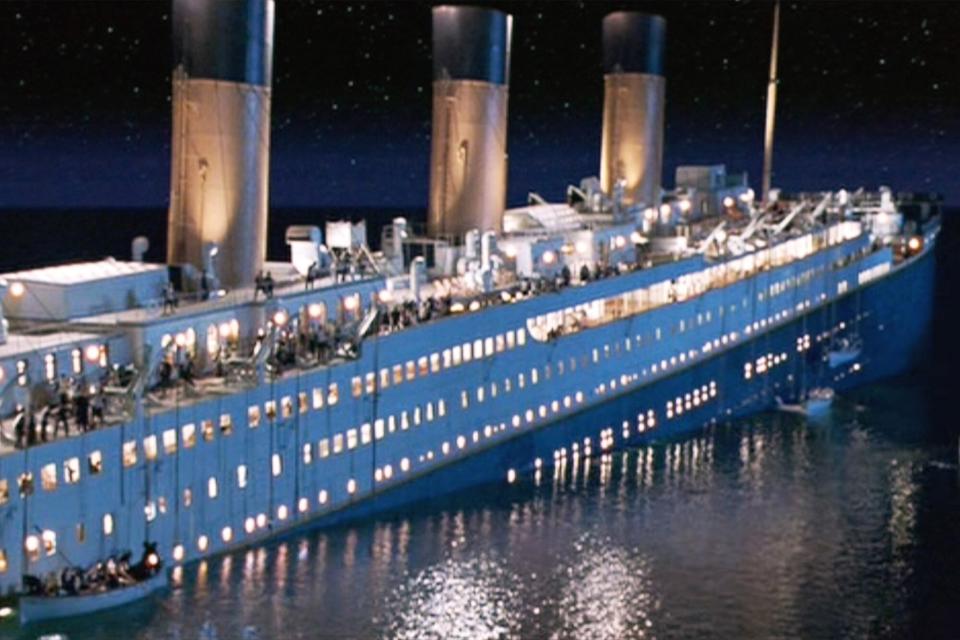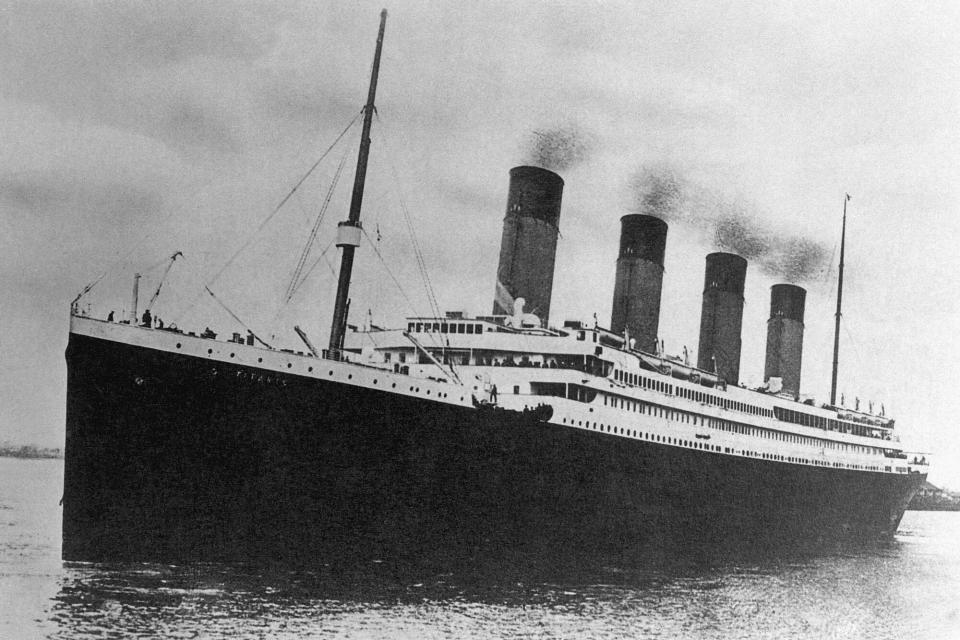James Cameron says he got the Titanic's sinking 'half right' in his film after multiple model tests

Titanic director James Cameron is getting to the bottom of how the RMS Titanic actually sank.
The legendary filmmaker and aquanaut enlisted a team of scientists and engineers to help discover whether or not his 1997 film accurately portrayed the real ship's sinking as part of a new National Geographic special, Titanic: 25 Years Later With James Cameron. After multiple hydrodynamic tests, Cameron concluded that his recreation of the 1912 disaster, which killed more than 1,500 people, was "half right."
"The film Titanic depicts what we believed was an accurate portrayal of the ship's last hours. We showed it sinking bow-first, lifting the stern high in the air, before its massive weight broke the vessel in two," Cameron said. "Over the past 20 years, I've been trying to figure out if we got that right."

CBS via Getty James Cameron says he got the sinking of the Titanic in his film 'half right.'
While based on real-life events, Titanic told the fictional story of Jack (Leonardo DiCaprio) and Rose (Kate Winslet), who fall in love on the ill-fated passenger liner. However, Cameron noted that his depiction of how the ship sank in the film might differentiate from how it really went down.
"I have no way of saying that is in fact what happened, but I'd like to be able to rule it in as a possibility 'cause then I don't have to remake the freaking film!" he joked, adding that the "dramatic image" of the ship's stern slowly sinking was "as accurate as I could make it at the time."
To test out his theory, Cameron and his team crafted a model version of the Titanic that was able to split at the same spot as the original ship and used practical rigging and pyrotechnics to sink it in a controlled water tank.
Among those aiding Cameron on his voyage of knowledge was the U.S. Navy, which built two computer simulation models of the Titanic that revealed the ship only needed to shoot 23 degrees out of the water before it would have snapped. From there, Cameron and his team conducted a series of tests that uncovered a key difference between the model and the film.

Bettmann Archive The R.M.S. Titanic
"We found out you can have the stern sink vertically and you can have the stern fall back with a big splash, but you can't have both," he said. "So the film is wrong on one point or the other — I tend to think it's wrong on the 'fall back of the stern' because of what we see at the bow of the wreck."
He continued, "I think we can rule in the possibility of a vertical stern sinking, and I think we can rule out the possibility of it both falling back and then going vertical. We were sort of half right in the movie."
While Cameron remains fascinated by the engineering and the forensics behind the Titanic's demise, the gravity of the actual situation is not lost on him. "You always have to kind of grab yourself by the scruff of your neck and remind yourself what happened there was a real tragedy," he said. "It happened to real people, and it still resonates down through time in this very powerful way."
Titanic: 25 Years Later With James Cameron airs Sunday at 9 p.m. ET on National Geographic and streams the next day on Hulu.
Sign up for Entertainment Weekly's free daily newsletter to get breaking TV news, exclusive first looks, recaps, reviews, interviews with your favorite stars, and more.
Related content:


